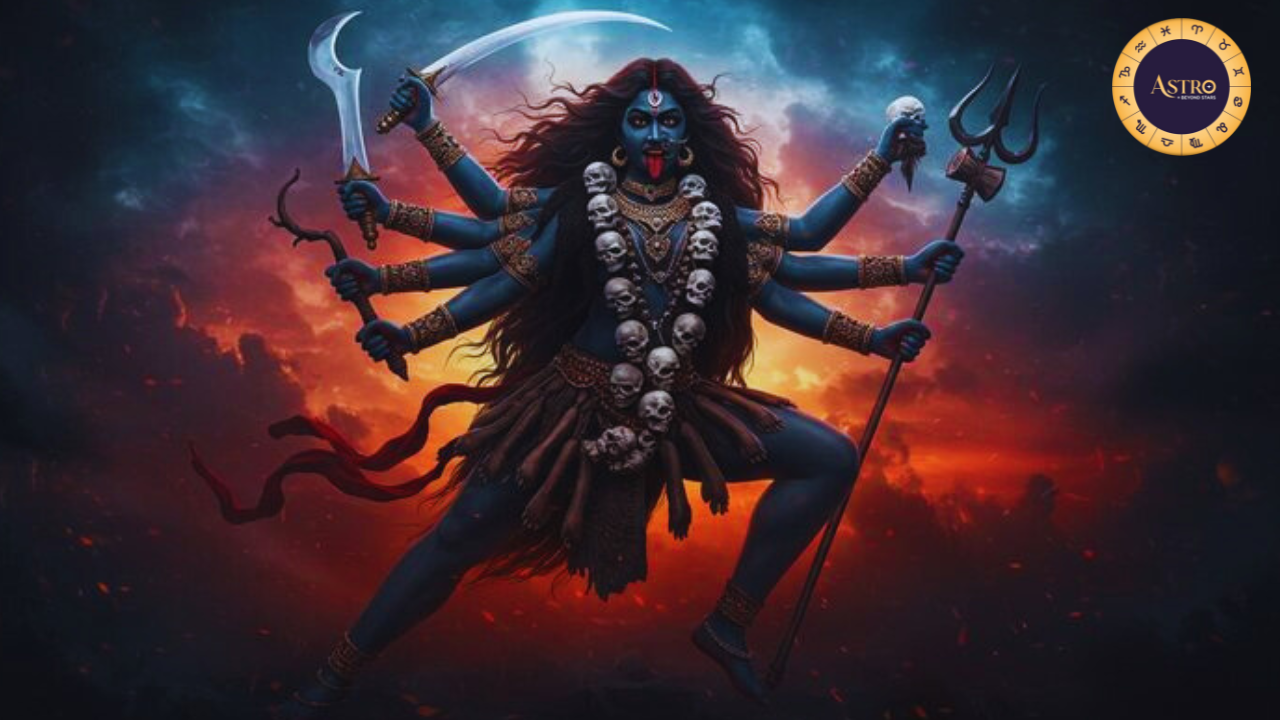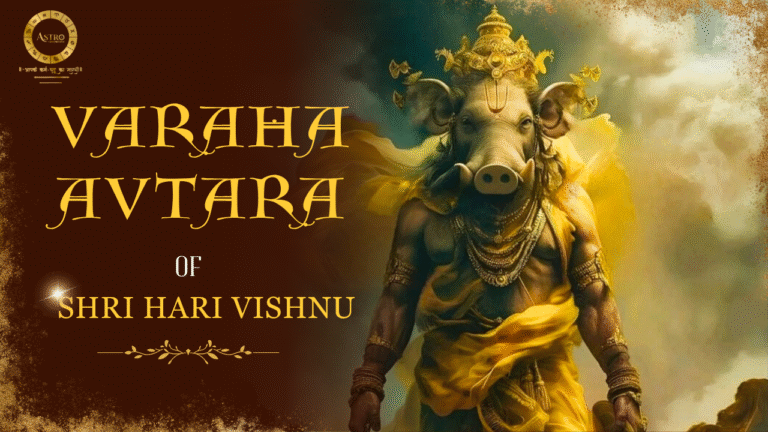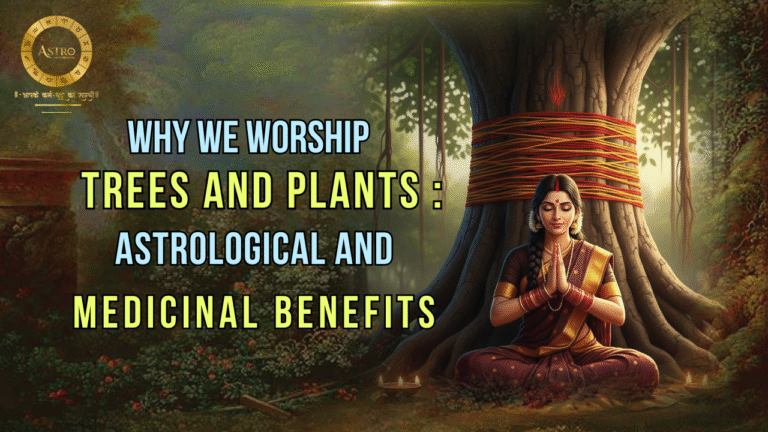The 10 Mahavidyas are indeed powerful manifestations of the Divine Feminine, each embodying a distinct spiritual essence and cosmic force. Here’s a brief overview of each of the Mahavidyas and what they represent:
- Kali– The fierce goddess of time, destruction, and transformation. She symbolizes the power to destroy ignorance and ego.
- Tara– The goddess of compassion and protection. She guides devotees across the ocean of existence and grants liberation.
- Tripura Sundari (Shodashi)– The beautiful goddess of supreme beauty and bliss. She represents the union of the material and the spiritual.
- Bhuvaneshvari– The Queen of the Universe. She embodies the vast cosmos and space itself, and represents divine sovereignty.
- Bhairavi– The fierce warrior goddess, symbolizing the power of divine will and discipline. She destroys evil and ignorance.
- Chinnamasta– The self-decapitated goddess who drinks her own blood. She symbolizes self-sacrifice, transformation, and the transcendence of duality.
- Dhumavati– The widow goddess associated with sorrow and inauspiciousness. She teaches detachment and the wisdom found in solitude and suffering.
- Bagalamukhi– The goddess who paralyzes enemies and grants the power of speech. She is invoked for victory over opponents and silence of negativity.
- Matangi– The tantric form of Saraswati, goddess of inner wisdom, music, and speech. She represents the power of thought and spoken word.
- Kamala– The tantric form of Lakshmi, goddess of wealth, fertility, and prosperity. She is the gentle and giving aspect of the Divine Mother.
Each Mahavidya offers unique lessons and blessings for spiritual seekers, and they are often worshipped individually or as a collective for spiritual empowerment, protection, and realization.
Kali is perhaps the most iconic and awe-inspiring of the Mahavidyas. Her imagery and symbolism are intense, packed with spiritual meaning:
Kali – The Fierce One
- Appearance: She is usually depicted as dark-skinned or black, standing or dancing on the inert body of Shiva. Her wild hair flows freely, symbolizing untamed energy. She has a garland of skulls (representing the letters of the Sanskrit alphabet, or the ego-less state of the enlightened), a skirt of severed arms (symbolizing karma and action), and her tongue is often shown protruding — a symbol of shock, shame, or the devouring nature of time.
- Weapons and Attributes:
- Sword or sickle: Cuts through ignorance and illusion.
- Severed head: Represents the slaying of the ego.
- Mudras (hand gestures): One hand in abhaya mudra(fearlessness) and another in varada mudra (boon-giving), reminding us of her protective and benevolent nature even in her ferocity.
- Symbolism:
- Darkness: Not evil, but the womb of all creation — the source of everything and the ultimate reality (Brahman).
- Blood and skulls: Not gruesome for shock’s sake, but deeply symbolic of transformation, time, mortality, and liberation from attachment.
- Standing on Shiva: She represents dynamic energy (Shakti) while Shiva is the static, passive consciousness. Together, they represent the unity of existence.
- Spiritual Meaning:
- Kali destroys illusion (maya), ego, and the fear of death. She is the ultimate liberator (mokshagiver).
- She reminds devotees that destruction is a necessary part of creation and transformation.
- Mantra:
- A common Kali mantra is:
“ॐ क्रीं कालीकायै नमः” (Om Krim Kalikayai Namah)
This mantra invokes her transformative energy.
- Worship:
- Particularly revered in Tantra, especially in Bengal and Assam.
- Worship often involves confronting one’s own fears and attachments, asking the goddess to “cut away” ignorance.
One of the most well-known and powerful stories of Kali Maa, full of symbolism and spiritual depth — it’s from the Devi Mahatmyam, part of the Markandeya Purana:
The Birth of Kali: The Slayer of Raktabija
During a fierce battle between the gods and demons, the demon king Shumbha and his general Raktabija unleashed havoc. Raktabija had a terrifying boon: every drop of his blood that touched the ground would spawn another Raktabija. So, every time a god struck him, he multiplied. The battlefield soon flooded with clones of the demon.
Desperate, the gods turned to Goddess Durga, who had already been fighting on their behalf. In her divine rage, Durga furrowed her brows and from that divine wrath, Kali was born — a terrifying, dark goddess with wild, matted hair, a lolling tongue, and eyes red with fury.
Kali charged into battle, roaring like a thousand lions. With her sword, she began slaughtering the demon army. But here’s where her brilliance showed: every time she wounded Raktabija, she drank his blood before it could fall to the ground, preventing new demons from forming.
One by one, she devoured all his clones and finally killed Raktabija himself, drinking every last drop of his blood. Victory!
After the Battle: Kali’s Dance of Destruction
But Kali’s rage didn’t end there. Overwhelmed by the heat of battle and divine fury, she began a wild, uncontrollable dance — the Tandava of destruction. Her dance shook the cosmos. The gods, terrified, begged Lord Shiva to intervene.
To calm her, Shiva lay down in her path. In her frenzy, Kali stepped on him. The moment her foot touched her beloved consort, she realized what she had done. Shocked, she stuck out her tongue in embarrassment, bringing her dance to a halt.
That’s the classic image many are familiar with — Kali with her tongue out, standing on the supine body of Shiva.
Meaning behind the Story
- Kali is not evil— she is the destroyer of evil.
- Her ferocity is aimed at ego, illusion, and ignorance.
- Her stepping on Shiva signifies that even the most powerful energy (Shakti) becomes aware and grounded in the presence of pure consciousness (Shiva).
- Her tongue is often misunderstood — it’s not shame in the human sense, but the sudden awareness of her own power and responsibility.
Kali Stepping on Shiva – Symbolic Breakdown
Kali: Dynamic Energy, Shakti
- Kali represents raw, untamed energy— Shakti, the cosmic force behind creation, preservation, and destruction.
- She is Time (Kala), the dissolver of the ego, the devourer of illusion, and the liberator from the cycle of birth and death.
- She is fierce but maternal, wild yet loving — the truth of existence stripped of comforting illusions.
Shiva: Pure Consciousness, Awareness
- Shiva, lying inert, represents absolute consciousness— the unchanging, still witness (Purusha).
- He is beyond action, beyond movement — pure awarenesswith no desire or attachment.
- In Tantra, Shiva without Shakti is powerless; Shakti without Shiva is directionless.They need each other to function meaningfully.
What Does the Stepping Symbolize?
- Energy Must Be Grounded in Awareness
- Kali’s unbridled destruction is immense — but without consciousness (Shiva), it becomes dangerous.
- When Kali steps on Shiva, she touches awareness, and in that moment, recognizes herself.
- It’s a message that raw power or emotion must be anchored in awarenessto be constructive rather than destructive.
- 2- Ego Realization and Surrender
- Kali’s tongue protruding is not “shame” in the human sense — it’s surprise and self-awareness.
- Even the most divine power must sometimes be reminded of its limits. It’s the ego (even divine ego) surrendering to higher wisdom.
- Union of Shakti and Shiva
- The scene is also a tantric metaphorfor the union of Shakti (energy) and Shiva (consciousness).
- Together, they represent the totality of existence — Shiva is the still lake, Kali is the storm on its surface. Both are needed.
- Stillness Calms Chaos
- Shiva lies down not to subdue Kali violently, but through love and stillness.
- It’s a cosmic teaching: sometimes, peace doesn’t come from action, but from presence.
Spiritual Takeaway
When we are consumed by rage, fear, grief, or chaos (Kali), the only way to stop the storm is to become still and aware (Shiva).
In daily life, this can be a reminder:
- Let awareness ground emotion.
- Let stillness tame chaos.
- Let love temper power.




